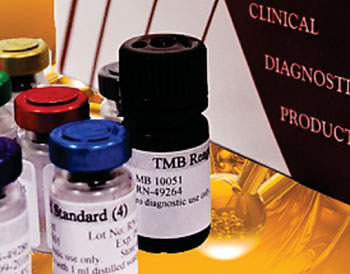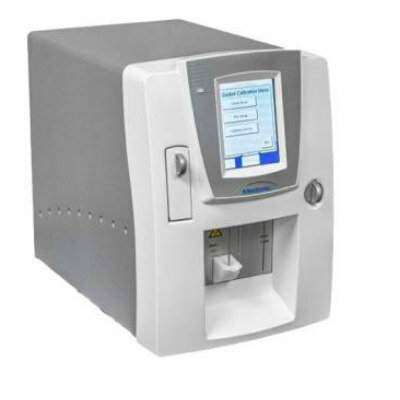Testosterone Reference Ranges Vary Widely in Medical Laboratories
By LabMedica International staff writers
Posted on 30 Jun 2016
The evaluation and management of male hypogonadism should be based on symptoms and on serum testosterone levels and diagnostically this relies on accurate testing and reference values. This circumstance not only affects how clinicians determine treatment, but also whether insurers approve therapy for men with low testosterone levels.Posted on 30 Jun 2016
Numerous variables affect testosterone level results, including the patient’s age and weight, physiological variation, timing of the specimen draw, presence of comorbid conditions, and medications, all of which makes defining a clinically relevant lower limit of “normal” challenging. In particular, as levels approach hypogonadal states, the accuracy becomes increasingly unreliable.

Image: The enzyme immunoassay for quantitative determination of testosterone concentration in human serum (Photo courtesy of Pointe Scientific).
Urologists at the University of Kansas Medical Center (Kansas City, KS, USA) surveyed 120 academic and community hospital-associated laboratories in 47 states, 73% of which measured total testosterone on site using radioimmunoassay (RIA), enzyme immunoassay (EIA), and/or liquid chromatography-tandem mass spectrometry. Most (94.3%) used EIA via high-throughput analyzers.
The scientists found that total testosterone was measured in house at 73% of laboratories. At the remaining laboratories studies were sent to larger centralized reference facilities. The mean ± SD lower reference value of total testosterone was 231 ± 46 ng/dL (range 160 to 300) and the mean upper limit was 850 ± 141 ng/dL (range 726 to 1,130). Only 9% of laboratories where in-house total testosterone testing was performed created a reference range unique to their region. Others validated the instrument recommended reference values in a small number of internal test samples. For free testosterone 82% of laboratories sent testing to larger centralized reference laboratories where equilibrium dialysis and/or liquid chromatography with mass spectrometry was done. The remaining laboratories used published algorithms to calculate serum free testosterone.
The authors concluded that reference ranges for testosterone assays vary significantly among laboratories. The ranges are predominantly defined by limited population studies of men with unknown medical and reproductive histories. These poorly defined and variable reference values, especially the lower limit, affect how clinicians determine treatment. The study was published in the May 2016 issue of the Journal of Urology.
Related Links:
University of Kansas Medical Center













